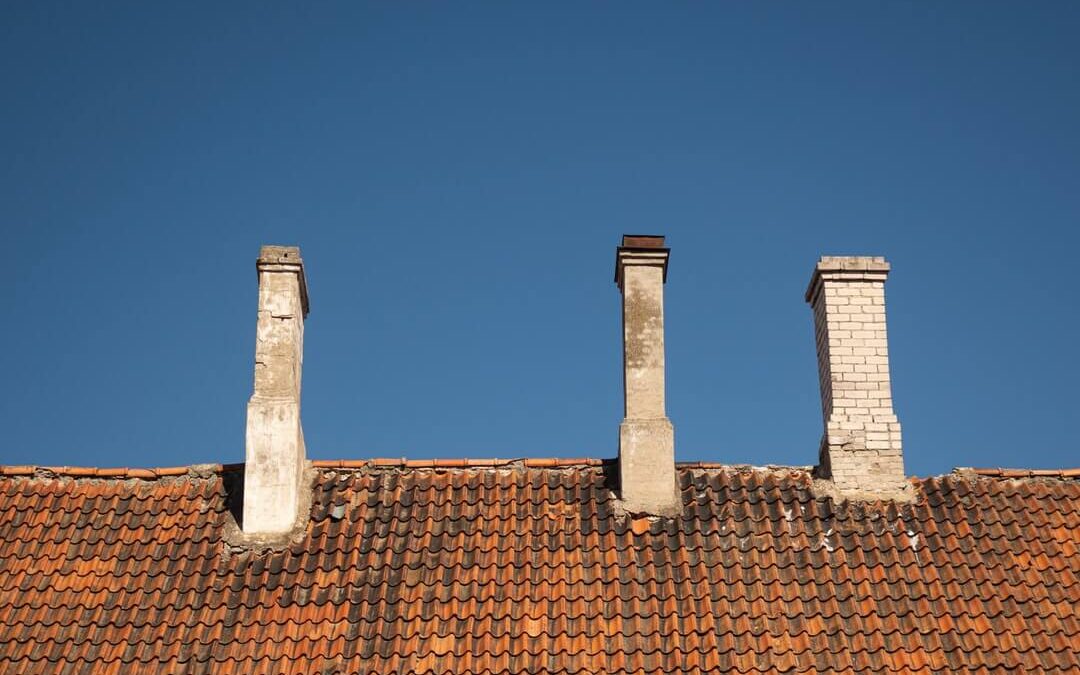Roof flashing is a metal or plastic sheet that is installed on roofs to prevent water from seeping into the roof. There are different types of roof flashing, and it is important to know which type to use for your roof. Roof flashing can also be used to prevent water from seeping into the chimney.
What Is Roof Flashing?
Roof flashing is a metal strip that is installed in a roof valley, around a chimney, or at the base of a roof deck. It is used to prevent water from seeping into the roofing material and damaging the roof deck or framing. Roof flashing is typically made of galvanized metal or aluminum, and it is available in several different shapes and sizes.
What Are the Different Types of Roof Flashing?
- Chimney flashing: Chimney flashing is a sheet metal piece that is installed on the roof to prevent water infiltration. The flashing is installed around the chimney and overlaps the roofing material. The flashing is usually made of copper, but can also be made of other metals.
- Ridge flashing: Ridge flashing is a metal or plastic strip that is installed along the roof peak, also known as the ridge. The flashing helps to prevent water from seeping into the roofing material by creating a watertight seal. It is typically installed along the roof peak before the roofing material is applied.
- Valley flashing: Valley flashing is a sheet metal flashing installed at the intersection of a roof and a wall. It is used to prevent water infiltration at the junction. Valley flashing is typically made from galvanized steel or copper.
- Hip flashing: Hip flashing is a metal flashing that is installed at the hips of roof slopes. It is used to prevent water from seeping into the roof sheathing and framing. Hip flashing is typically made from galvanized steel or aluminum, and it is installed at the point where the roof slope changes from a vertical to a horizontal surface.
- Step flashing: Step flashing is a metal flashing that is used to prevent water from seeping behind a chimney or roof vent. The step flashing is installed on the roof, and the chimney or roof vent is then installed on top of the step flashing. The step flashing creates a watertight seal between the roof and the chimney or roof vent.
- Eave flashing: Eave flashing is a sheet metal piece that is installed at the eaves of a roof to prevent water infiltration. The flashing is typically made of galvanized steel and is installed at the roof-eave intersection, where the roof meets the wall. Eave flashing helps to keep water from seeping into the home through the roof-wall intersection.
- Counter flashing: Counter flashing is a metal flashing that is installed at the base of a chimney or roof penetration. The purpose of counter flashing is to prevent water from entering the penetration and damaging the roof or chimney.
How Do You Repair Roof Flashing?
 Roof flashing is a metal strip that is installed along the roofline to prevent water from seeping into the roofing material and damaging the structure of the house. If the flashing is damaged, it needs to be repaired as soon as possible to prevent further water damage. The easiest way to repair roof flashing is to use a metal roofing adhesive to attach a new piece of flashing to the roofline. Make sure that the new flashing is the same size and shape as the old flashing, and that it is securely attached to the roof.
Roof flashing is a metal strip that is installed along the roofline to prevent water from seeping into the roofing material and damaging the structure of the house. If the flashing is damaged, it needs to be repaired as soon as possible to prevent further water damage. The easiest way to repair roof flashing is to use a metal roofing adhesive to attach a new piece of flashing to the roofline. Make sure that the new flashing is the same size and shape as the old flashing, and that it is securely attached to the roof.
What Is the Purpose of Flashing on a Roof?
A roof flashing is a metal or plastic strip that is installed at the joint where two roofing materials meet. Flashing is used to prevent water from seeping under the roofing materials and damaging the structure of the building. It is also used to prevent ice dams from forming on the roof.
What is the Purpose of Flashing Around a Chimney?
One possible purpose of flashing around a chimney is to prevent water from seeping into the chimney and damaging the masonry or the roof. The flashing can also help to keep the elements out of the chimney, which can help to keep the chimney in good condition.
What Are the Benefits of Roof Flashing?
- Roof flashing can help prevent water damage by redirecting water away from your home.
- Roof flashing can help improve energy efficiency by preventing air infiltration.
- Roof flashing can help protect your home from pests and rodents.
- Roof flashing can help improve the appearance of your home.
Conclusion
Roof flashing is an important part of a roof system and should be installed properly to prevent water infiltration. Flashing is the term used for the metal or plastic sheeting that is used to seal and protect the joints between roof sections and around chimneys, vents, and other roof penetrations. Improperly installed flashing can lead to water infiltration and damage to the roof system.

